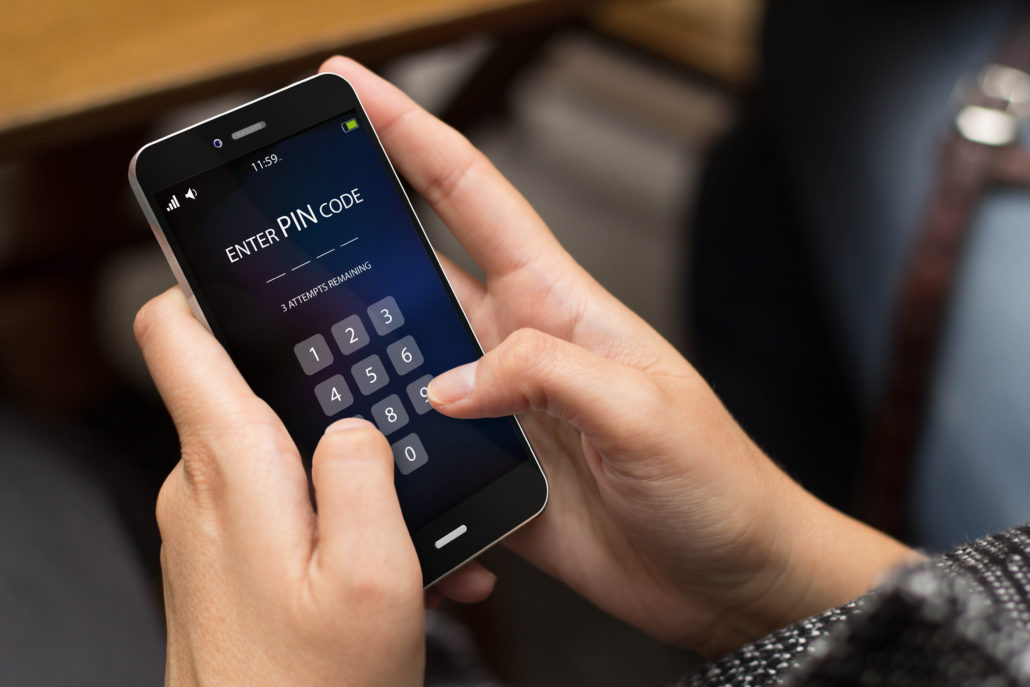IT management has become central to nearly every business today. We’re asking a lot of this group – we need them to manage servers, applications, and data and secure the network and everything connected to it. And, as more business users transition outside the office, endpoints are fast becoming more mobile. According to Cisco, PCs will only be responsible for around 19% of IP traffic by 2022! That means that managing this influx of data and remote users requires the right mix of tools and technology. This is why a well-oiled unified endpoint management (UEM) ecosystem is just so crucial. UEM brings consistent and cross-platform security and management capabilities so that companies can keep one step ahead.
Nice-to-have vs. must-have?
If you’re looking at UEM providers, how do you know they’re doing everything to keep employees connected and mobile devices secure? Let’s dive into top questions to ask would-be UEM partners.
1. How do you block malicious threats?
It’s no surprise there’s been a tremendous surge in the number of remote desktop connections – from the cloud or from home to work – since the pandemic. What happens when companies spin up resources nearly overnight? Mistakes get made, and cybercrime goes up. In March and April alone, remote desktop brute force attacks went up 400%. That’s one reason you need to ask UEM providers about threat protection. This type of protection addresses risks from exploiting type software, like malware, ransomware, spyware, and other viruses. Threat protection services should help identify any suspicious activities on endpoints that may signify a data breach. Endpoint protection should include proactive security measures such as running scans that target known operating systems or application vulnerabilities.
2. What does centralized management look like to you?
A big piece to the UEM puzzle is a centralized management console. Before working with any provider, ask them about deploying the UEM solution. Does it include easy-to-use auto-enrollment features within the management console? Endpoint detection? Or what about consolidated patch management or the ability to receive alerts about security threats? Ensure the UEM central command center facilitates effective incident response, so your IT team is not bombarded with alerts from your endpoint ecosystem.
3. What about network and application protection?
Firewall and intrusion prevention systems are needed to safeguard a device and mitigate threats before reaching the device itself. Make sure a UEM solution delivers visibility into who and what’s connected to each endpoint’s network and that it can prevent users from accessing malicious websites. Another component of protecting your system is securing applications. While it doesn’t necessarily make sense to permit only an ‘approved list’ of applications, a UEM platform that can separate applications so that nothing else has access to their data does make sense. This way, in essence, ‘unapproved’ applications don’t get access to the network. Because the UEM system will control applications, it will keep versions consistent and updated for all user machines on the network.
4. What are your authentication options?
Secure password protection is also a valuable capability within UEM solutions. UEM platforms that rely on Multi-Factor Authentication (MFA) and push notifications take password protection a step further. For authentication, these systems use the device itself and are also instrumental in protecting endpoints. Ask providers if the UEM allows for risk-based or conditional access built on compliance rules for added protection. Conditions might include ensuring the user has an up-to-date operating system or verify the user’s location data before granting access.
Do you need help thinking through what more remote working and mobile devices mean for your business? Reach out to learn more. brightfin’s team of experts can support your UEM solutions and ServiceNow asset management strategies.



